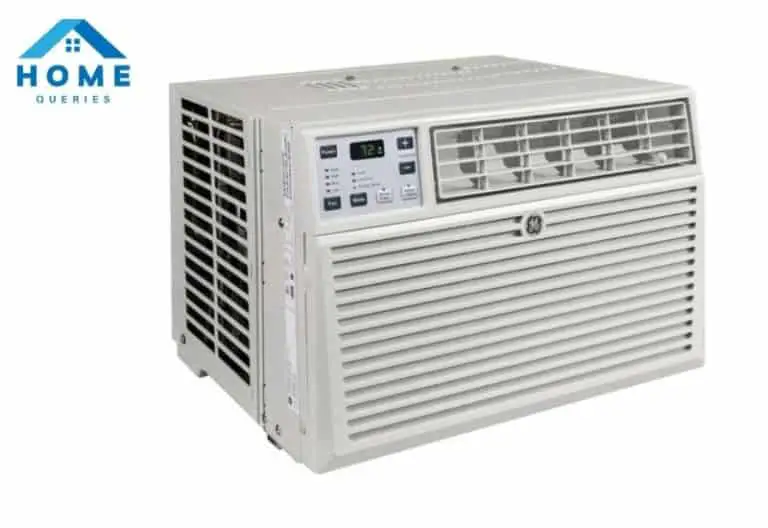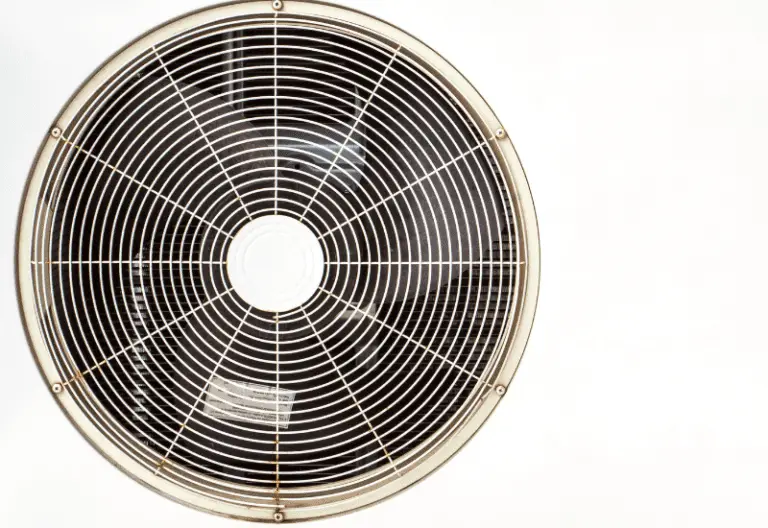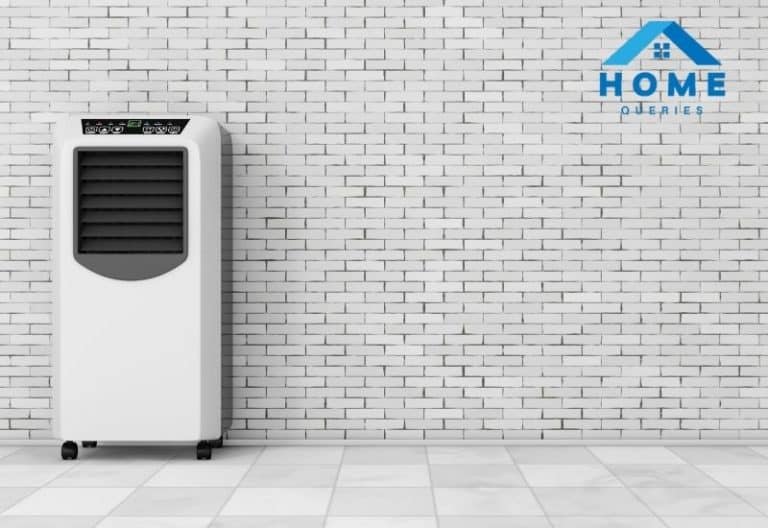You are undoubtedly grateful for having air conditioning if you live in a hot climate. Because you rely on the system for comfort, you could start to take things for granted and may forget about everything else in the cold breeze.
But a small animal like a bee can ruin your time while enjoying chilled air. It gets more annoying when you find out the bee came out of your ac unit—confused about how this happened? Don’t worry; we’ve conducted extensive research to develop a solution for you because a good air conditioner is one of those things that you can’t live without.
How long your air conditioner lasts depends on how often you maintain it. When cleaning bees from your air conditioner, keep the following considerations in mind and stick along to know more details.
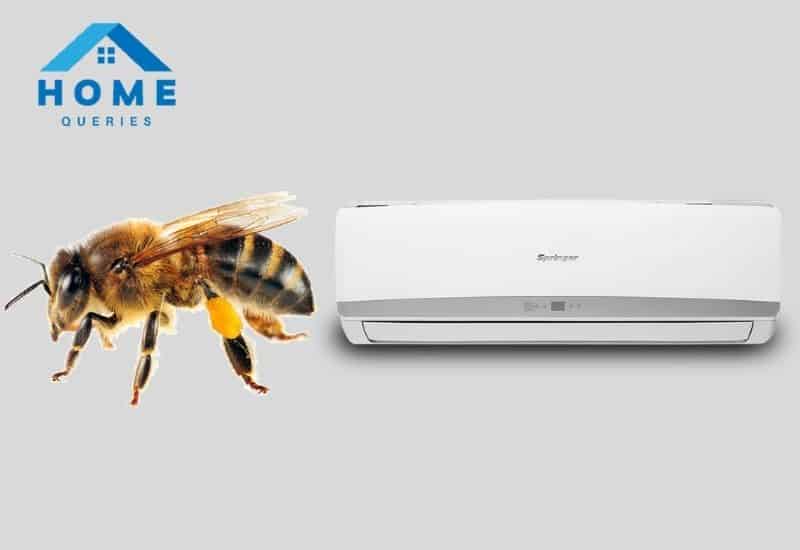
Will Air Conditioner Kill Bees?
While bees may suffer if they do not warm themselves within their hive in freezing temperatures, a bee will die if it gets too hot (above 45°C or 113°F) or too cold (below -2°C or 28°F) despite its high tolerance.
What Attracts Bees To My Air Conditioner?
For social bees, the inside of an air conditioning machine is an ideal nesting spot. The unit’s activity generates heat, which keeps the colony warm. There is plenty of room for the settlement to expand while being safe from predators. The air intake part of the unit’s baffled structure makes it easy for the insects to attach their breeding cells.
Is It Possible For Bees To Enter An Air Conditioner?
Yes, of course. If you suspect that you have bees inside your AC, first make sure the air conditioner is turned on. Bees have a hard time flying, and if the temperature is cold enough, they will descend to the ground.
*Note: This is not a good idea if bees enter through the air vents. It has the potential to bring bees into your home.
How To Get Bees Out Of Your Air Conditioner
Nesting wasps and bees in your air conditioning unit can be a nuisance and potentially dangerous. Bees can get into a house through fractures in the foundation, holes in a window screen, or an open door.
Your air conditioner is another offender that goes unnoticed. When an air conditioner runs, its internal components generate heat, attracting bees, wasps, and yellow jackets to nest in the unit’s interior chamber.
Colonies within an air conditioning unit can quickly expand to a significant size due to the gregarious nature of bees and their kin. To protect their territories, bees and wasps sting, which can induce severe allergic reactions in some people.
It is not recommended to use possibly toxic insecticides or pesticides close to your home’s ventilation system. There are several low-cost options for wasp-proofing your window air conditioner and protecting your family and pets from these pesky intruders.
If you’re worried about wasps or bees nesting in your air conditioner, there are a few pesticide-free measures you can do or ask your AC service professional about during your next visit:
- Water traps:
Hanging water traps near your unit is one of the simplest ways to keep bees and wasps away. These attract and trap bees or wasps with floral smells before drowning them. If you want to keep bees on your property for pollination, a clear plastic bag loaded with metallic coins draped over your air conditioning unit will keep the multi-eyed insects away without injuring them.
- Fake nests:
An imitation wasp’s nest can also be purchased and attached to your air conditioner as a deterrent. Wasps are very territorial creatures, and they will not build a nest near an existing colony. If you can’t locate a realistic imitation nest to buy, you can easily make one out of crushed brown construction paper. This strategy is compassionate and can be pretty effective.
- Examine the odours:
If any odours near your air conditioning unit may be attracting insects, they should be removed as soon as possible. Rotten fruit, garbage cans, and recycle bins are all potential attractants. Start by removing any waste or recycling cans from near your apartment, and then tidy up any fruit that has fallen from bushes or trees. Even if the fruit isn’t edible to humans, a wasp may find it enticing!
- Prepare to batten down the hatches:
Consider your air conditioner an invincible fortress. You can keep wasps, bees, and other unwanted guests or chemicals out by sealing any holes between the unit and your home’s wall. If the crack is too big to fill with caulk, use a foam sealant, which expands to fit the crack’s space needs. Cover your air conditioner with a waterproof tarp after you’ve stopped using it for the summer to keep wasps from hibernating there in the winter.
Removing Bees And Their Hive From An Outdoor Air Conditioning Unit
If a honey bee nest is attached to your home’s central air conditioning condenser, take these instructions to remove the bees and the nest securely. The bees could be dangerous to you and your family. The materials used to build the nest could harm or clog the condenser unit’s interior components, so getting rid of them as soon as possible is critical.
- Make Use Of The Following Resources
- pants
- long-sleeved shirt
- boots
- mosquito net
- work gloves
- heavy-duty detergent
- water
- bottle of spray
- trash bag
- borax
- garden shovel
- sheeting made of plastic
- brush for scrubbing
- a hose for water
- vacuum cleaner (wet/dry)
- Put on protective gear and get ready to spray
Verify that the air conditioning unit’s power is turned off. Cover your skin with a long-sleeved shirt, jeans, long socks, and boots. Combine industrial-grade detergent and water in a spray container and firmly mix the contents. Soapy water can be used as a natural insecticide to kill bees when they contact it. Before heading outside, cover your head with a mosquito net and put on a pair of work gloves.
- Taking Care of the Bees
So as not to annoy the bees, approach the air conditioning condenser unit calmly. Using a large amount of soapy water, spray all visible bees. If the opening to the beehive is visible, use soapy water to clean it as well. The first application will not eradicate all bees but will significantly reduce the number of bees present the next day.
Apply a thin layer of borax powder to the exterior of the condenser unit. After coming into touch with the borax powder, the bees will die within a few days. The powder will kill the bees by harming their digestive systems if they swallow it. Spray the bees and hive for several days in succession, adding more borax powder as needed until all honey bees are gone.
- Clean The Condenser Unit After Removing The Hive
Place plastic sheeting adjacent to the condenser unit on the ground. Remove the beehive from the unit with a shovel and place it on the sheeting. With soapy water and a scrub brush, remove any minor parts of the hive that remain on the unit. Scrub the unit’s surface thoroughly until all debris is gone. Remove the hive and plastic sheets and dispose of them. Using a water hose, clean the unit. To remove water and debris from the unit’s vents, use a wet/dry vacuum cleaner.
Turn on the air conditioner after the condenser unit has dried. You won’t have to be concerned about people coming into contact with the honey bees or the damaged condenser unit.
Read more: Can An Air Conditioner Have Two Thermostats?
Bees And Air Conditioners: How To Keep Them Out In The First Place
Bees establish their nests in the spring, right around the temperature warms up, and you turn on the air conditioner. After hibernating in these exact spots during the winter, many bees establish their nests in the nooks and crannies of your home, such as the eaves, chimneys, ledges, and air conditioner units.
Bees can enter your home if they create their home in the air conditioner and the air is turned on. Bees can also get inside your air conditioner through cracks and fissures.
So, here are some things you should look after:
- Examine the unit’s perimeter, particularly where the air conditioner touches the wall. Fill any cracks or openings with a bead of caulk.
Use a foam sealer instead of caulk if the opening is too large for caulk. Foam sealers expand to fill larger openings. Duct tape is an excellent temporary repair for gaps and spaces around the extenders on window units.
Cardboard, towels, or rags can also be used to fill in gaps. Screen the outside of the window and the AC unit to keep insects, such as bees, out.
- Remove any pet food from the vicinity of the air conditioner. Bees are drawn to food, particularly proteins and sugars, and will return to where they have previously obtained food.
Move your outdoor picnic location away from air conditioner units if your family enjoys cooking and eating there. According to the University of Minnesota, wait until everyone is ready to eat before bringing outside dishes and sweets.
To avoid drawing wasps to the area, keep your grill clean and clean up carefully after dining and drinking outside.
- Remove any trash cans from the vicinity of the air conditioner. The bees are attracted to the odour and will continue to hover nearby. Air conditioners should also be kept away if you have a compost area.
According to Utah State University, water leaks and puddles should also be avoided.
- Pick up any fruit that has fallen from a nearby tree to the ground. Wasps are attracted to rotting fruit. Other yard detritus, such as dead leaves, should also be cleaned up. Wasps create their nests out of the fibres of plants killed.
- Water traps should be hung above the air conditioner. Wasps are attracted to water traps because they are filled with a pleasant liquid.
When they can’t get out, they drown. You can also attract bees by putting tasty jams or bits of meat in the water. Empty the traps daily.
When there are too many bees in the trap, the older bees form a float on which the new bees can sit. It is feasible to escape the web if they do not drown.
- A fake bee nest should be placed near your air conditioner. Bees will not approach another bee’s nest. These decoys work on the “scarecrow” principle and don’t need pesticides or toxic chemicals.
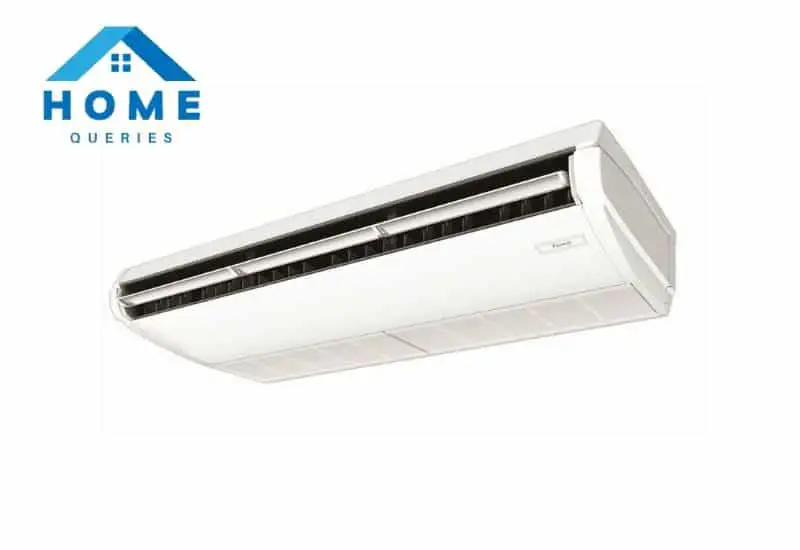
Other Strategies To Tackle Bees
Cover AC with a cover when the air conditioner is not in use. Choose a cover that is snugly fitted to your air conditioner and devoid of holes or tears.
Placing a wasp trap near the air conditioner is a good idea. Purchase a wasp trap or make your own with a glass jar from a home improvement or hardware store—one cup of warm water and one tablespoon of liquid dish soap in a pot.
Place the jar near the air conditioner and coat the outside with maple syrup, honey, or anything sweet. The wasps will be drawn to the trap and drown if they fall into the water.
Wrap tin foil around the air conditioner’s exterior or external window trim. Use staples or duct tape to secure the foil to the siding or frame. Apply essential oils such as mint, citronella, or clove on the foil. The fragrance combined with the light reflected off the foil offers a strong deterrent.
Conclusion
Given this, it’s understandable that many individuals experience this issue in their homes, prompting them to inquire, “Will an air conditioner kill bees?” If you have gone through the article, you surely have found your answer and some tips to solve it.
Just keep an eye for any indication related to bees inside your AC, and take action as soon as possible. Try following our technique to cope with the problem on your own. But if the situation gets worse, it is best to call a professional to deal with it.

